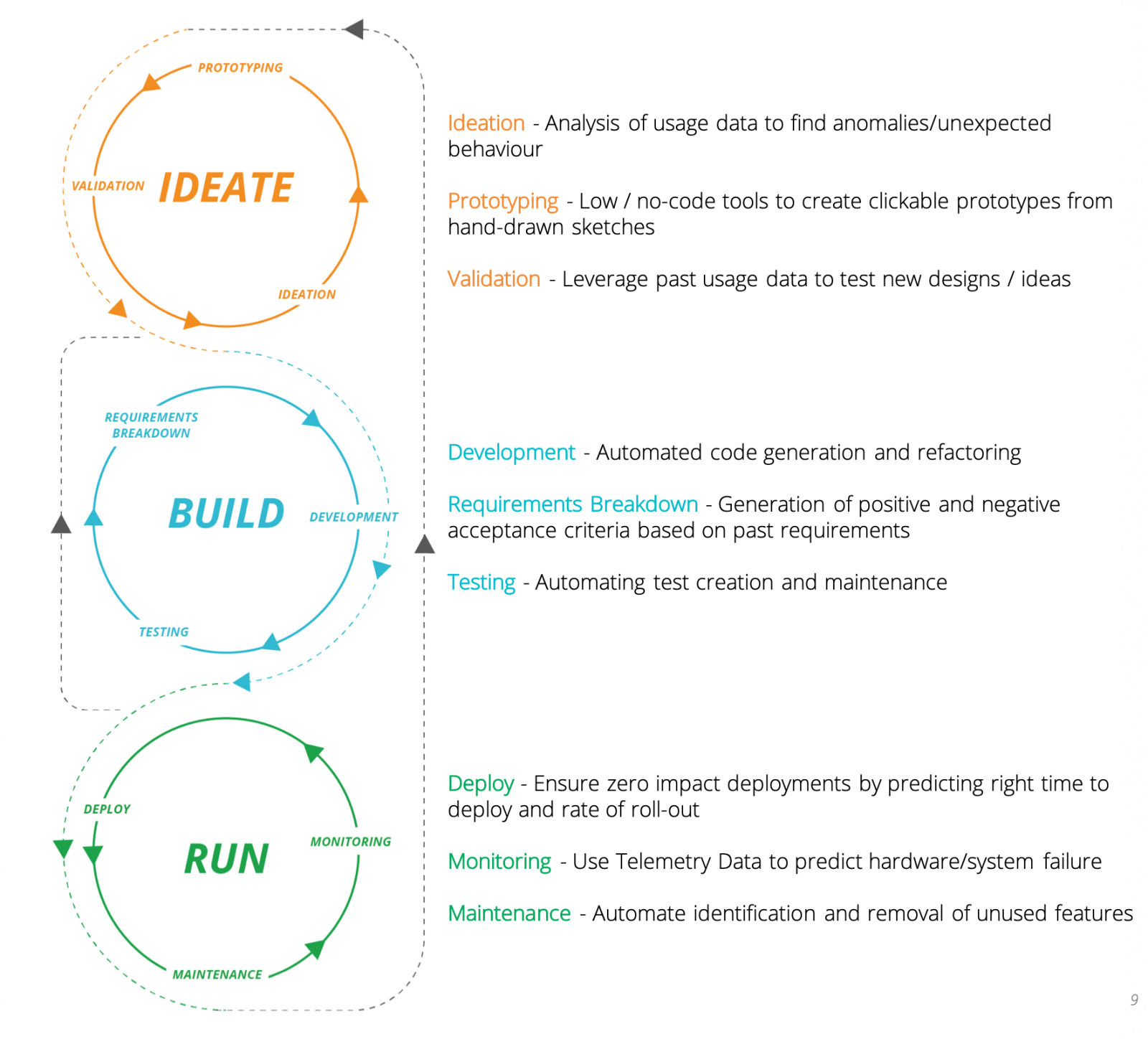Programming languages
Macro trends in the tech industry | Nov 2018



Disclaimer: The statements and opinions expressed in this article are those of the author(s) and do not necessarily reflect the positions of Thoughtworks.
